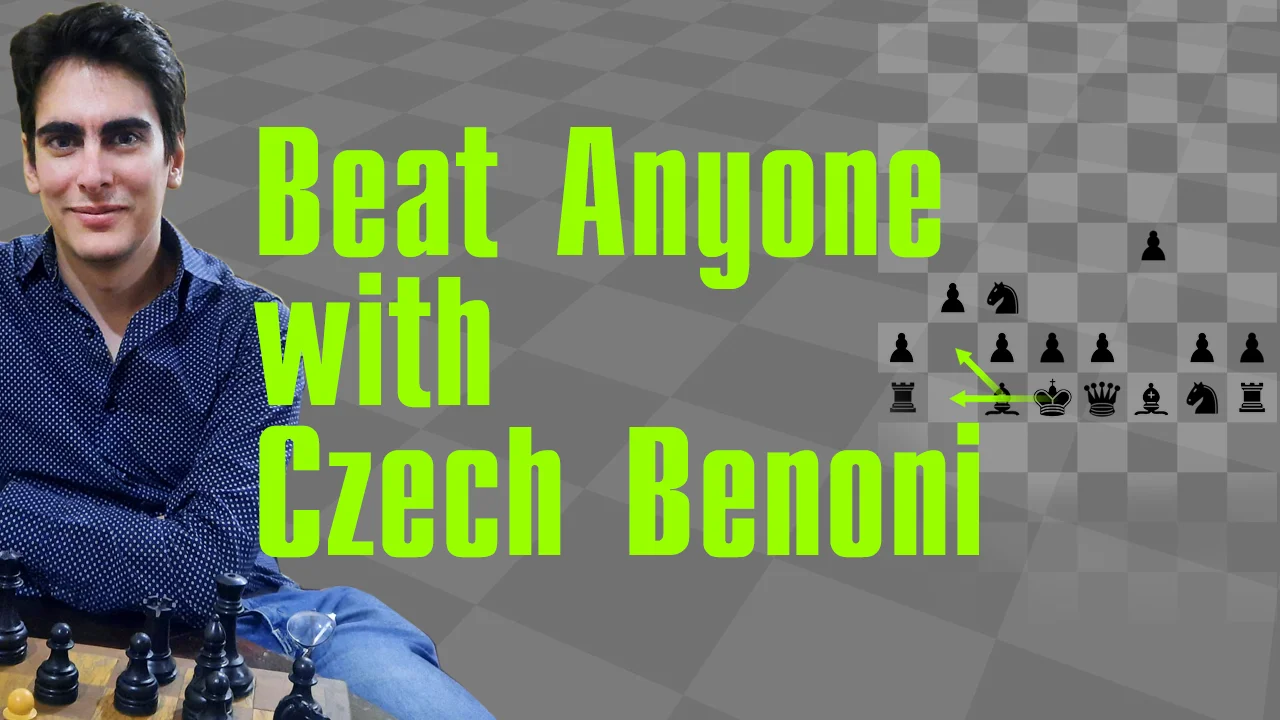Latest Posts - Page 1
Stuck in the middlegame with no idea what to do next? Losing an endgame up material after being dominated by your opponent?
Or confused in the opening after leaving your preparation? If you have ever experienced these, you are not alone.
Many beginners struggle to win games because of these simple problems.
But what if I told you that these issues could be solved just by understanding the piece activity?
Chess is a game full of strategy and long-term thinking, but there’s a shortcut known as the Scholar’s Mate that ends the game in just four moves. This tactic, while quick, depends on the surprise factor. It’s a 4-Move Checkmate or a wonder that concludes the game with startling rapidity, and we refer to it as the Scholar’s Mate.
GM Jacek Stopa has just finished his monumental work on the most attacking opening in existence. He finally agreed to reveal his entire opening preparation on Sicilian Dragon… holding nothing back!
The Bogo-Indian Defense, or simply the Bogo, arises after the moves 1.d4 Nf6 2.c4 e6 3.Nf3 Bb4+.
This move order is usually employed by white as a way to avoid the very popular Nimzo-Indian Defense. After 1.d4 Nf6 2.c4 e6, black’s intentions are clear. Most likely, after 3.Nc3, the follow-up will be 3…Bb4, which is the starting point of the Nimzo.
In this article, we will take a look at 7 types of exchanges in Chess that every player must know.
Deciding when to or not to exchange pieces is at the heart of the game of chess. Pieces interact with each other. This creates tension on the board. The only way to release the tension is through exchanges in chess.
Therefore, understanding chess exchanges will let you outplay your opponent. Most of the time, stronger players outplay weak opponents by executing the right exchanges at the right time.
The good news is, that IM Boroljub Zlatanovic has your back with Modern Defense for Black:
The upgraded version of King’s Indian Defense where Black delays the activation of Nf6.
Van Geet was once considered a ‘bad’ opening…
Things changed after Magnus Carlsen started playing Van Geet with great success.
It helped him clinch some key victories in blitz & rapid.
Openings. Tactics. Positional Chess. These are all important things, so much so that many young talents and veteran grandmasters spend all of their time studying them.
Hours are spent on puzzles, opening courses, and studying master games. And yet, the majority of losses at every level happen not because of preparation, but due to bad use of psychology.
So how can you improve your psychology and get even better at chess?
King safety is an important concept at every level of the game; even grandmasters will get checkmated occasionally, and beginners even more so. To avoid blundering checkmate or losing by force it is very important to prioritise king safety in your play!
What if you take an old and forgotten opening… And rebuild it from the ground up full of fresh ideas, top-notch computer analysis, and effective Grandmaster plans. This is exactly what GM Damian Lemos did in this brand-new Lemos Formula on Czech Benoni.

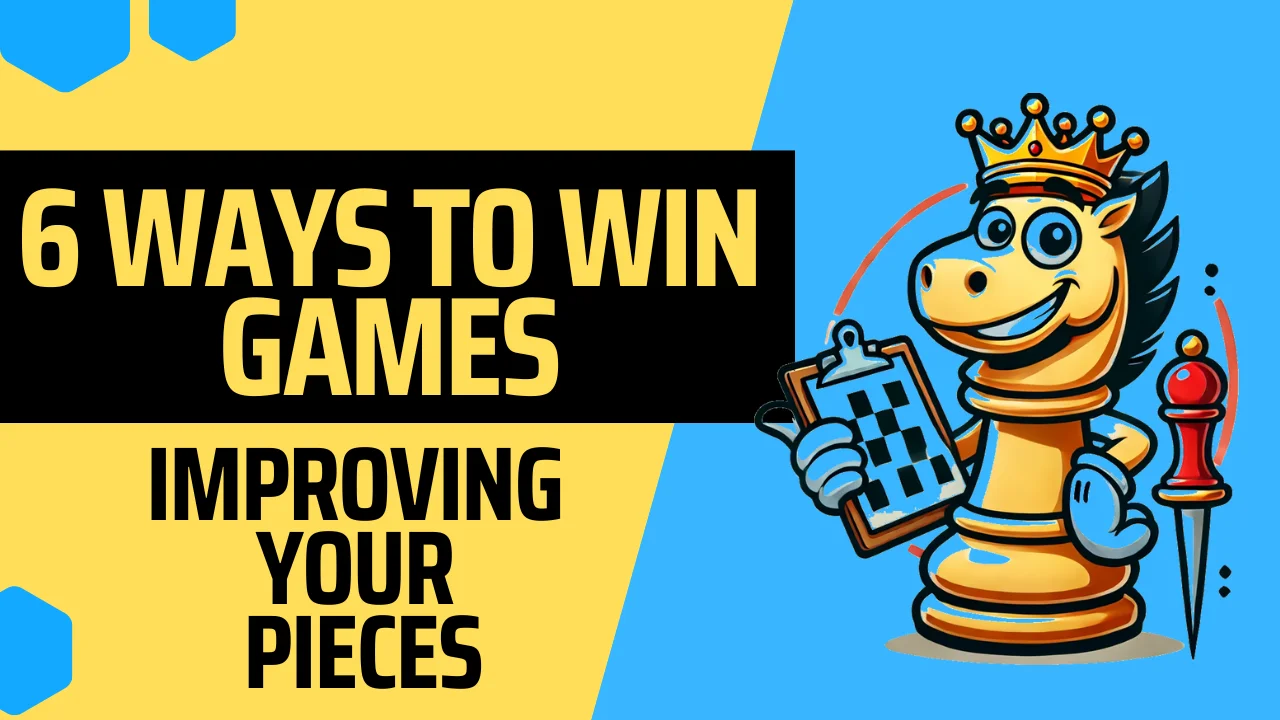

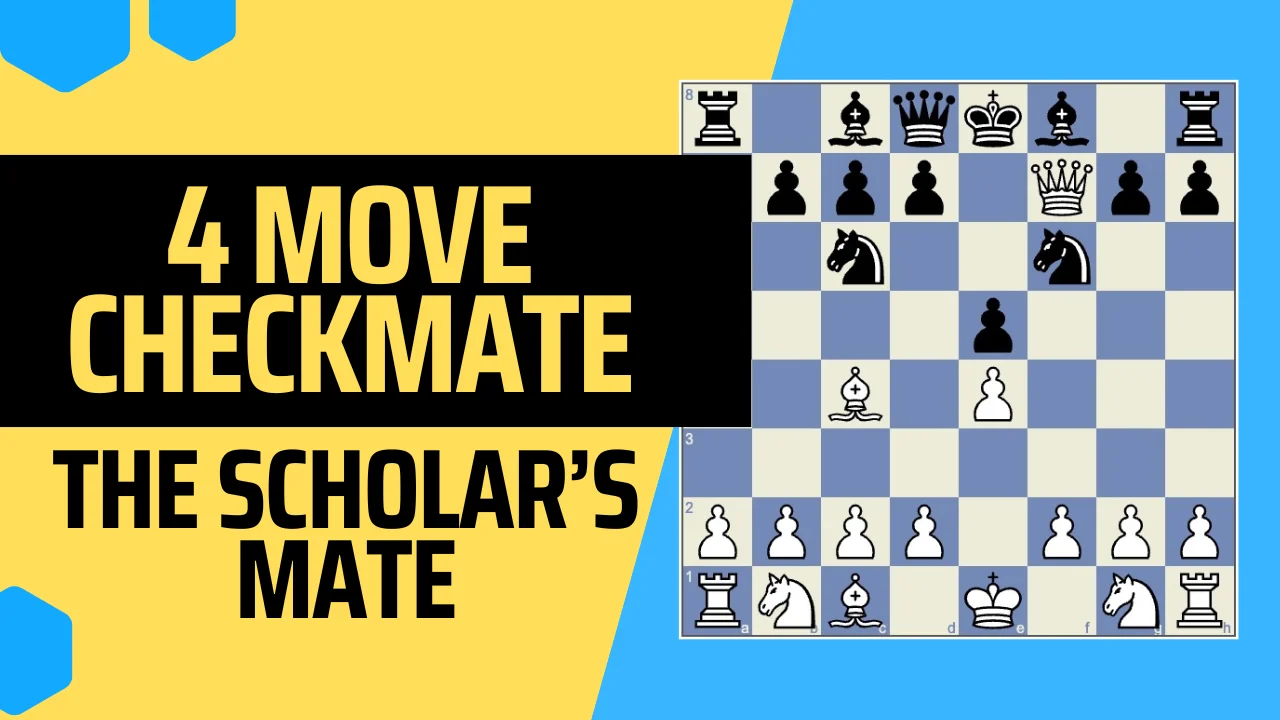

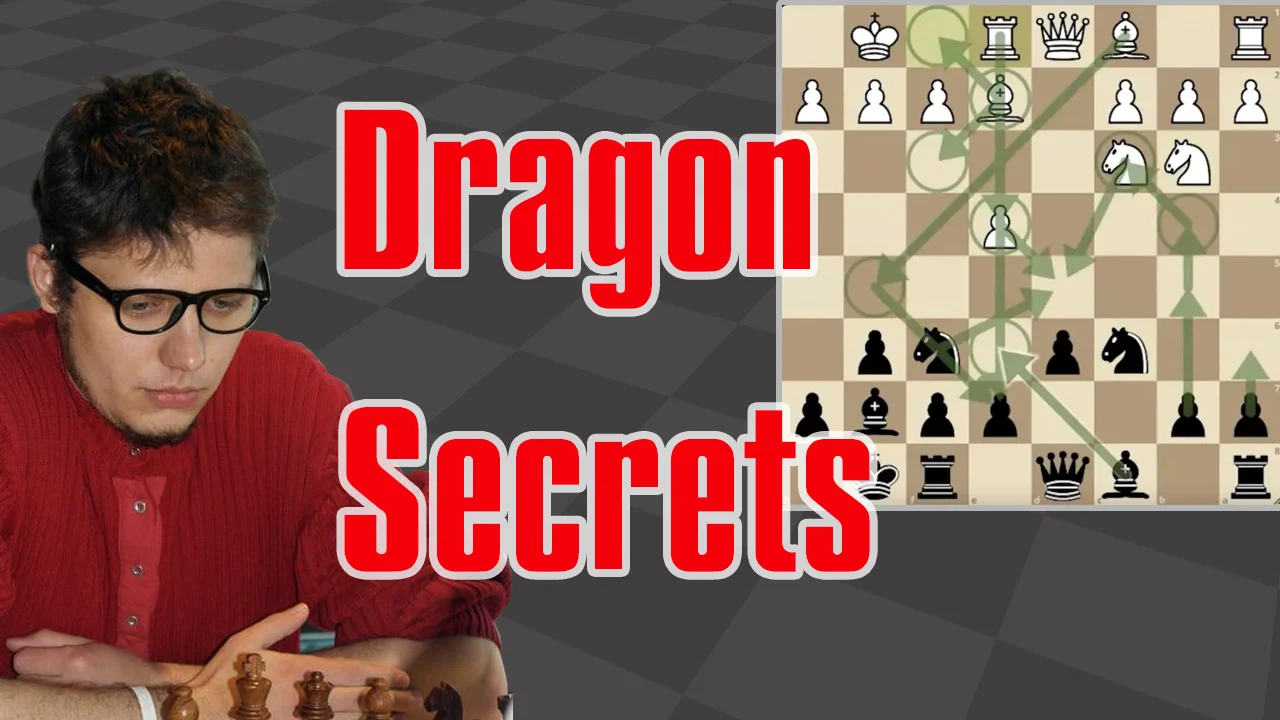
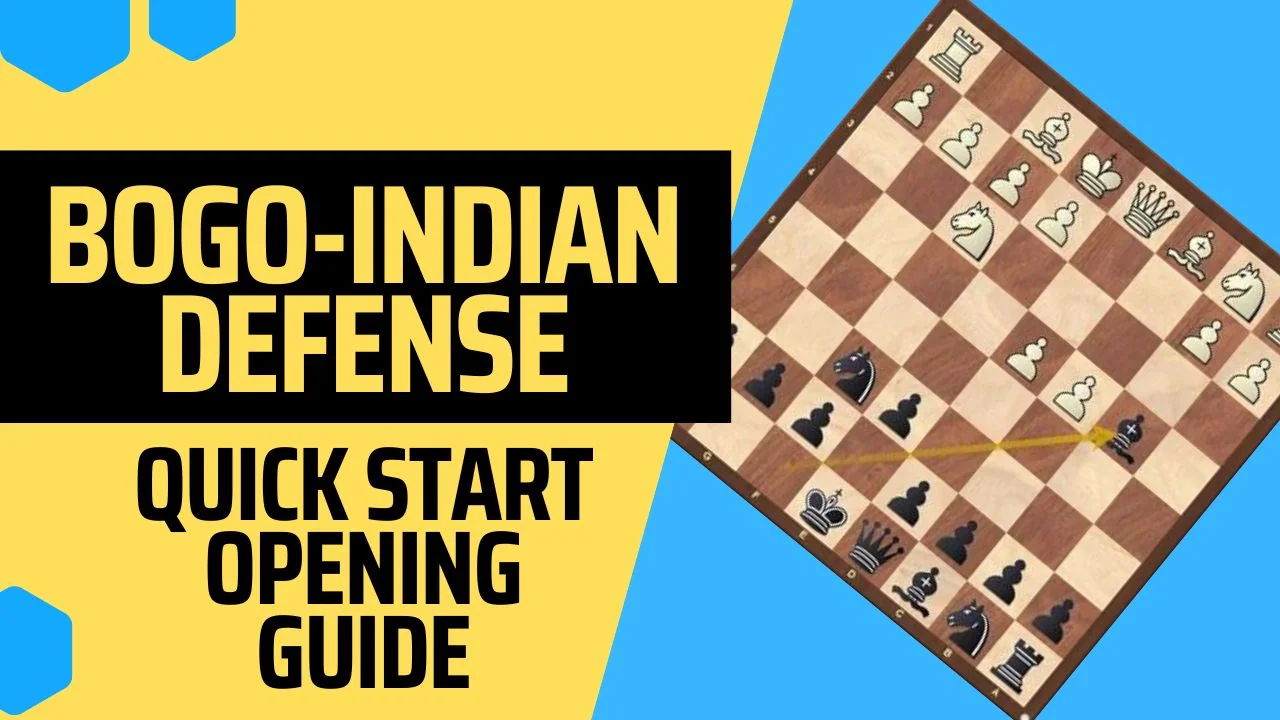

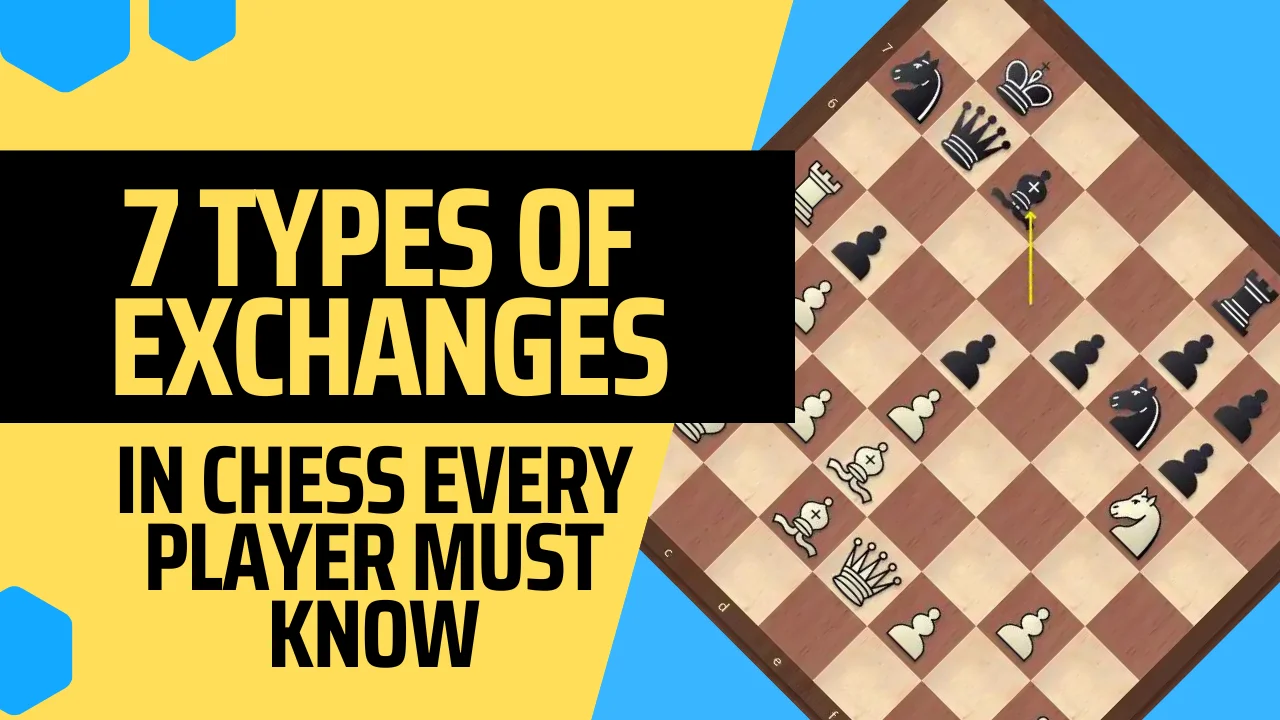
![Modern Defense for Black with IM Boroljub Zlatanovic [TCW Academy]](https://thechessworld.com/wp-content/uploads/2024/07/modern-defense-for-black-1.webp)
![Van Geet Opening for White with IM Boroljub Zlatanovic [TCW Academy]](https://thechessworld.com/wp-content/uploads/2024/07/van-geet-opening-for-white-1.webp)


